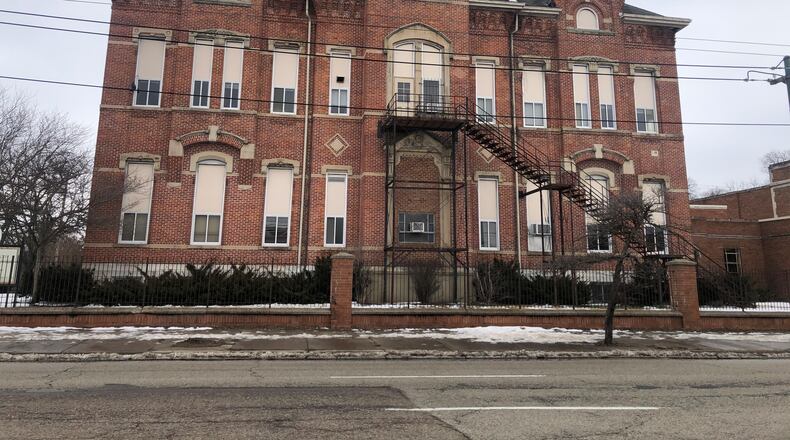The owners of the Price Stores building and the Reed-Steffan building plan to rehab their properties into mixed-use developments.
All of the applicants have pursued state historic tax credits before, and a couple have won awards that helped revive empty or underused properties.
Developers and property owners have until March 31 to submit applications to the Ohio Development Services Agency requesting state historic tax credits.
But parties interested in applying for the incentives had to tell the state by mid-February that they intended to apply, and historic documentation was due earlier this month.
Four Dayton projects told the state they plan to seek funding from this round of tax credits.
A project to rehab the vacant Longfellow School at 245 Salem Ave. said it would apply for more than $1.1 million in tax credits. However, the project’s scope has changed some since then.
Weyland Ventures says it is partners on the project with GF Bailey Development.
Weyland Ventures says the Longfellow School project will lead with residential but more detailed plans will be available in coming months.
The school complex, which has about 40,000 square feet of space, has been vacant since 2017.
“The Salem Avenue corridor and Historic Grafton Hill neighborhood have some wonderful existing infrastructure and directly connect to downtown Dayton,” said MK Lindsey, project manager with Weyland Ventures. “The opportunity to build on this existing neighborhood fabric fits perfectly with our mission to create thriving urban neighborhoods in great cities like Dayton.”
Weyland Ventures is a Kentucky-based firm behind the renovation of a former plumbing supply building at 210 Wayne Ave. into new loft apartments and ground floor commercial space called the Wheelhouse.
The Wheelhouse, which benefitted from state historic tax credits, is home to multiple businesses, including Troll Pub and Connect E-Sports.
Greater Dayton Premier Management (GDPM) plans to apply a second time for historic preservation tax incentives for two buildings, the Hallmark and Meridian.
The public housing authority plans to request $1.7 million in credits to rehab 75 units of affordable housing between the two properties, which are located next to each other in the Grafton Hill Neighborhood.
Both properties are at least 70 years old, and the goal is to preserve and maintain the buildings for the long-term as affordable rental housing, said Kiya Patrick, vice president of strategic planning with GDPM.
GDPM would like to start rehabbing the buildings this summer, she said, and the roughly $12 million project is expected to take about 15 to 18 months to complete.
The apartments, which were renovated in the 1970s, would get new air conditioners, countertops, cabinetry, flooring and fixtures.
Triad Architects, the owners of the Reed-Steffan building on West Fifth Street in downtown, plan to apply for $1 million in state historic tax credits.
This will be the second time they have applied for incentives for this project.
The three-story building has about 42,000 square feet of space that could become offices or residential on the upper floors and entertainment or restaurant uses on the ground floor, said Brent Foley, with Triad Architects.
The total development investment is expected to be around $4.3 million, and the project would start upon receipt of the tax credits and could take about 18 months to complete, Foley said.
The ground floor was home to the Dayton Chess Club.
The Windsor Companies plans to rehab the five-story Price Stores building at 52 S. Jefferson St.
The clothing store closed and relocated last year, and the new owners plan to apply for $1 million in tax credits to help convert the building into new uses.
Credit: Tom Gilliam
Credit: Tom Gilliam
Windsor Companies has used millions of dollars in state historic preservation tax credits to transform multiple buildings in the Fire Blocks District on East Third Street into new housing and renovated offices.
About the Author







